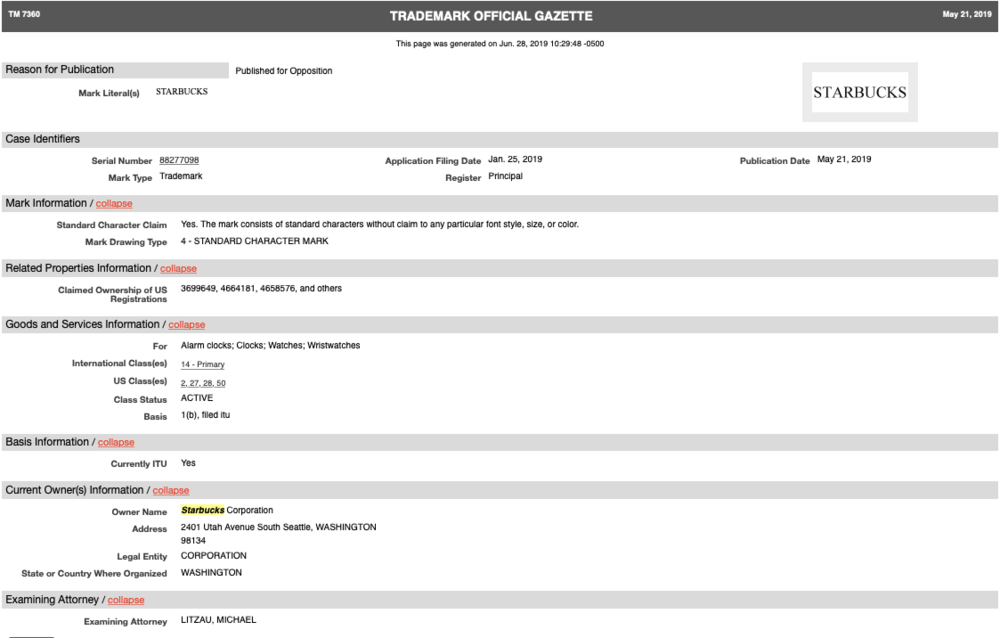Originally published by James Creedon.

Photo by Arisa Chattasa
After countless hours of work, you have finally settled on the trademark which will be your core brand. The words you’ve chosen perfectly fit your vision, and you’ve taken every step you need to secure your presence and begin to build “the next big thing.” Domain names? Check. Social media profiles? Check. Federal trademark application? Check. In fact, your trademark application went straight through with no issue, and now you know that a Trademark Examiner has looked it over and given it the go-ahead. The only thing left is for the mark to be “published” and you’ll finally be at the point of receiving your trademark registration certificate.
And then you get a Notice of Opposition.
What is a Trademark Opposition?
In the normal course of a trademark application, a Trademark Examiner reviews the file to decide if there are any obstacles to registration. These include procedural errors in the filing, potential confusion with other trademarks, or issues with the mark itself which won’t allow it to actually function as a trademark. If the Trademark Examiner doesn’t identify any obstacles, the mark is ready to be published in the Trademark Official Gazette, which the United States Patent and Trademark Office (USPTO) issues weekly.
In this public document, the USPTO provides a snapshot of the trademark application (see the STARBUCKS application for “Alarm clocks; Clocks; Watches; Wristwatches” below). For the next 30 days after this publication, any party believing it may be damaged by the trademark being registered can either oppose the mark or can request 30 days more to decide. If either of these two steps happen, the trademark application process is paused until the underlying issue gets resolved.

Why Do Trademarks Get Opposed?
Although Trademark Examiners take steps to determine if there are obstacles to a registration, they can’t be aware of every potential issue. Further, at times the Trademark Examiner may believe that another trademark isn’t an obstacle at all — but the party owning that trademark certainly does. When this happens, the owner of that other trademark may decide that filing an opposition and holding up an application is the best way to protect their rights.
In seeking to protect the valuable intellectual property of a trademark, an owner may decide that a mark about to be registered presents a risk. That mark may cover similar types of products, and the owner is concerned that an ordinary consumer would be confused as to who is providing what. On the other hand, the product offered may be very different, but the trademark owner doesn’t want the public to associate them with that offering. Lastly, and unfortunately, at times a trademark owner may oppose simply to obstruct a legitimate application in hopes of limiting or delaying competition in the marketplace.
Regardless of the reason, a trademark opposition will cause delay in an application’s march towards full registration.
First Steps When Your Mark is Opposed
If your trademark application faces an opposition, or even a letter threatening such, you should contact experienced trademark counsel immediately. An early analysis may help reduce delays and costs, as each opposition is different and the underlying law is constantly changing.
In Part 2, we will introduce the timeline of a trademark opposition and identify methods used to efficiently resolve these matters.
Curated by Texas Bar Today. Follow us on Twitter @texasbartoday.
from Texas Bar Today https://ift.tt/2FEkkTj
via Abogado Aly Website
No comments:
Post a Comment